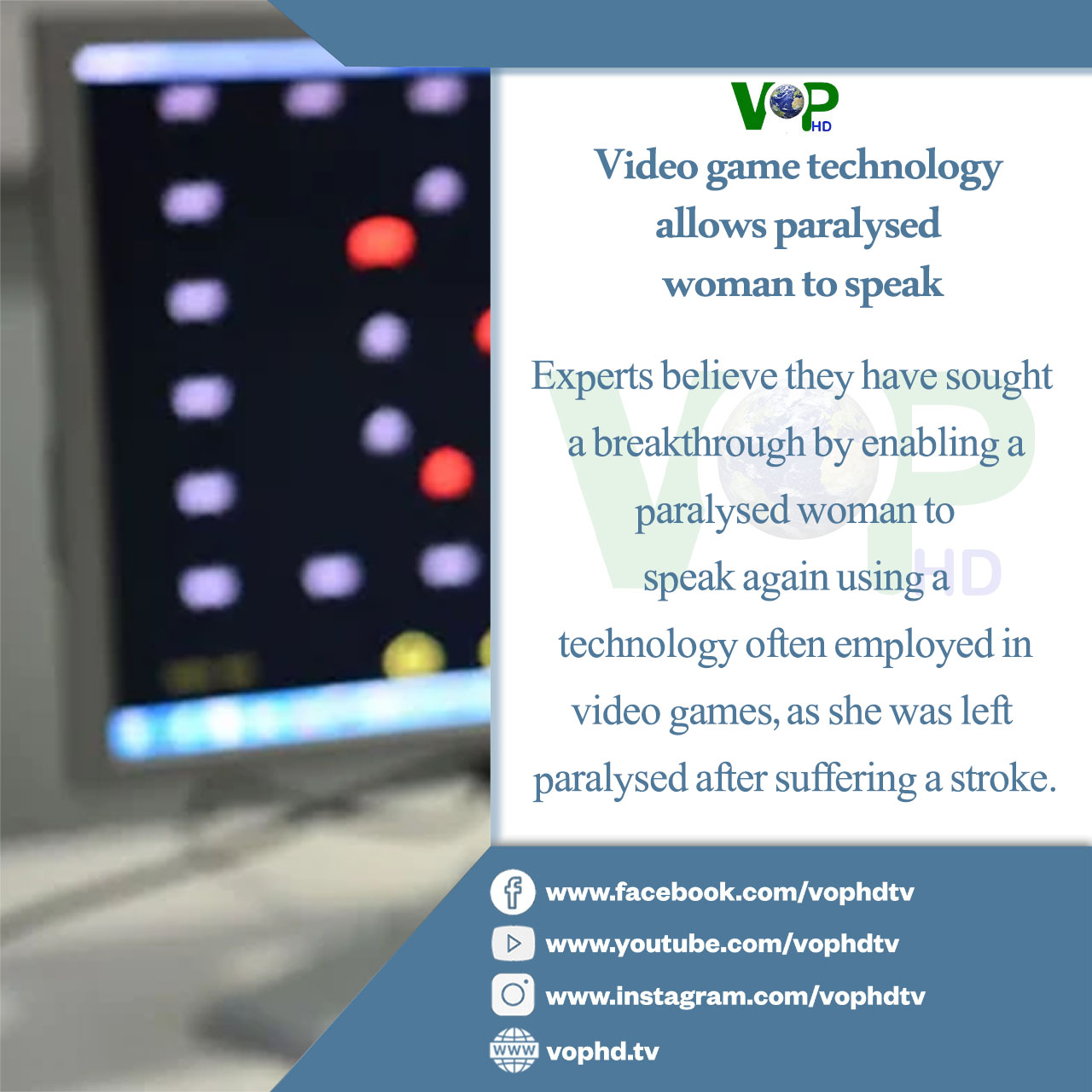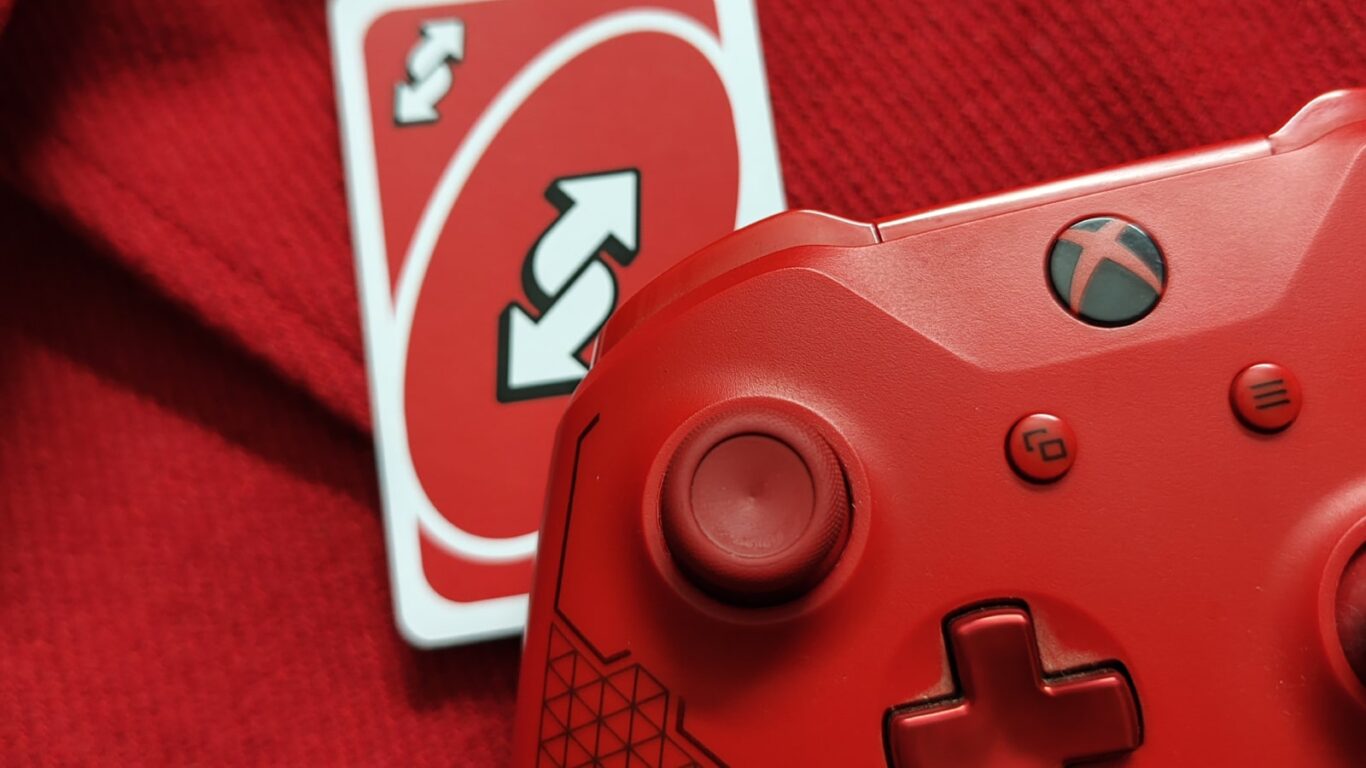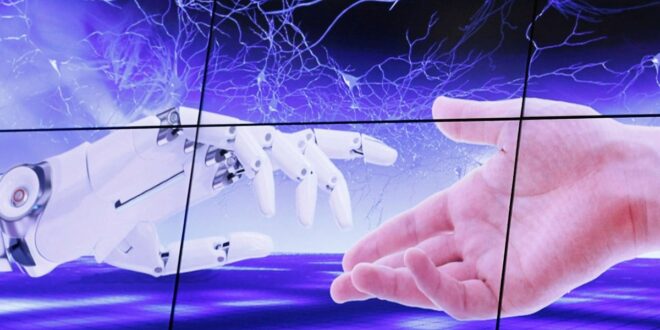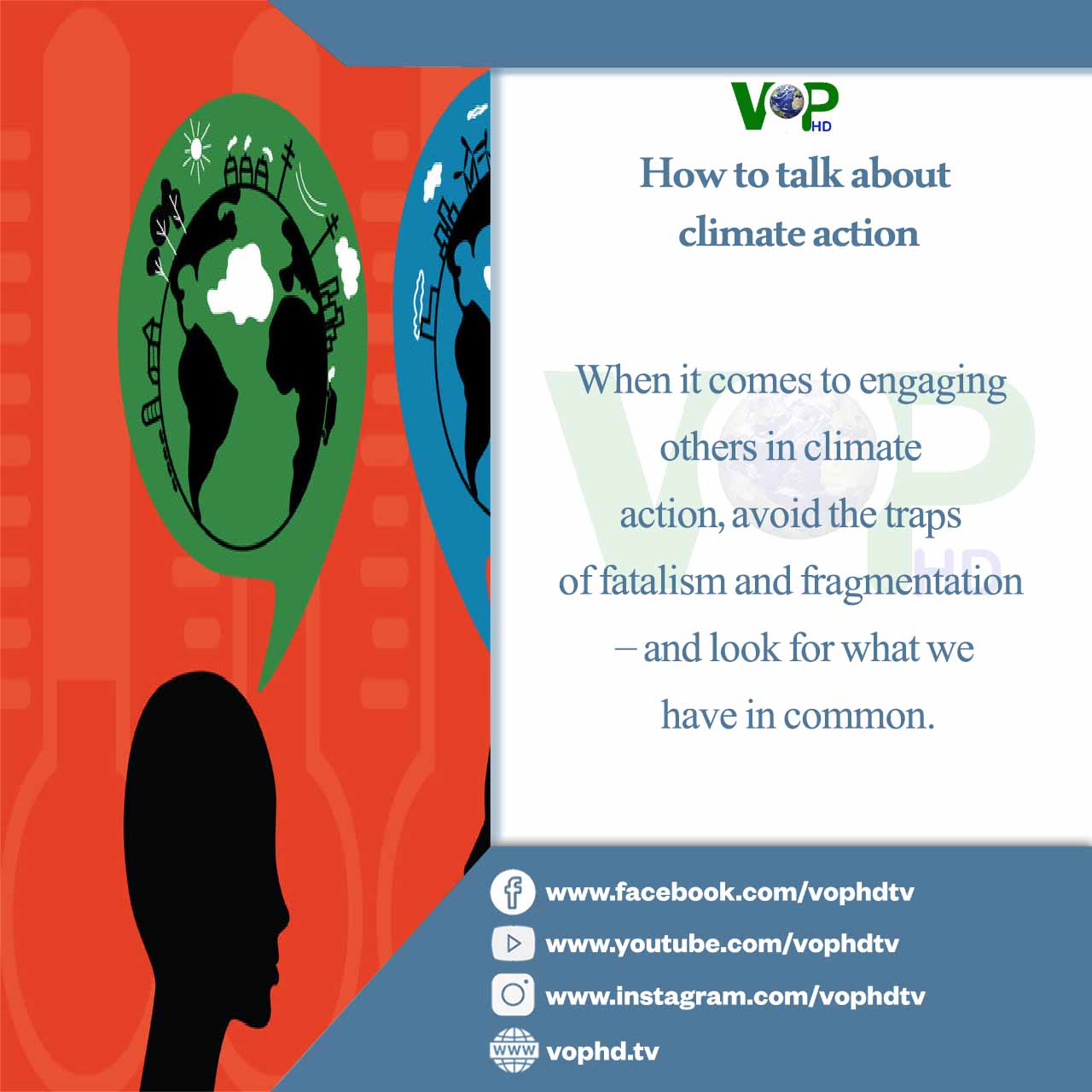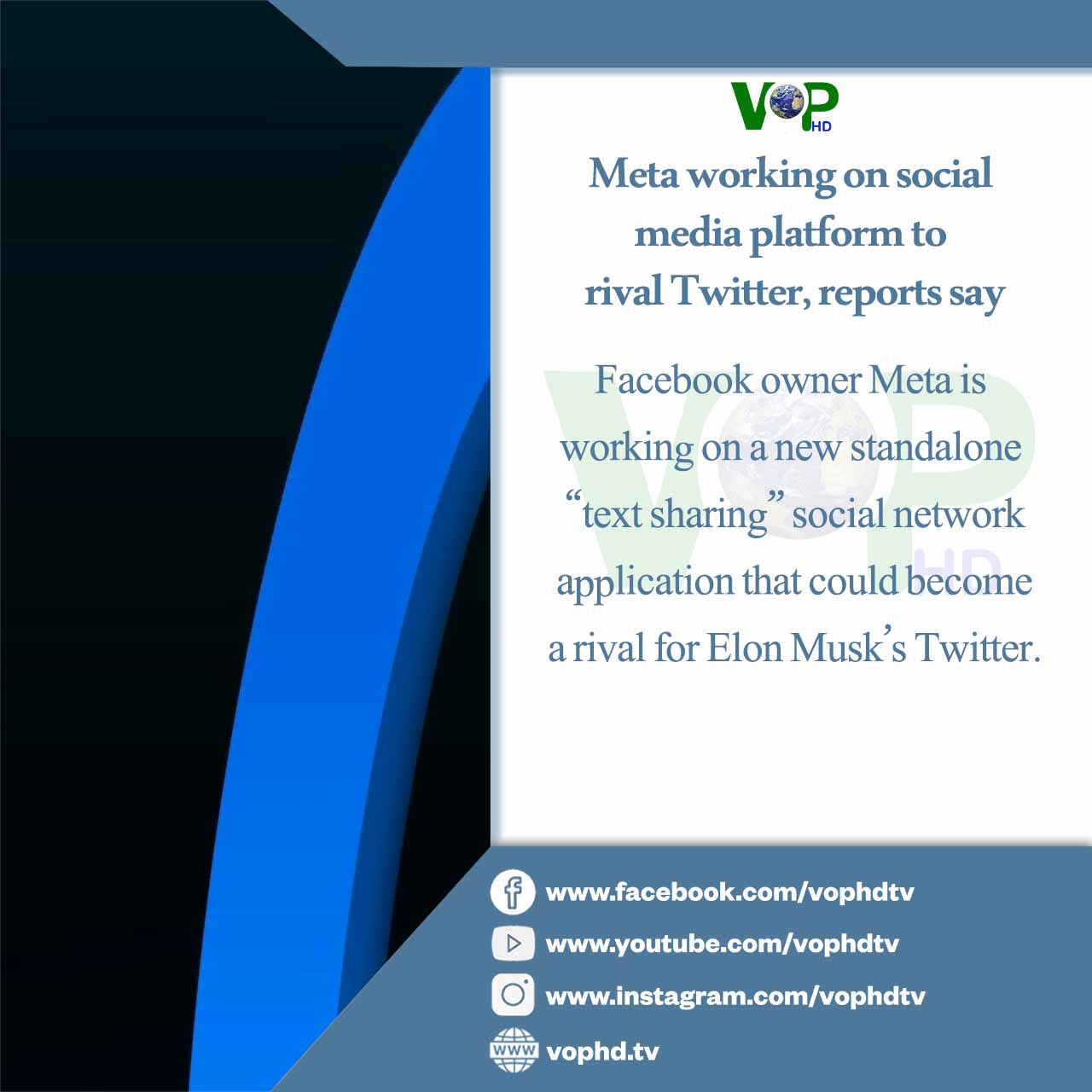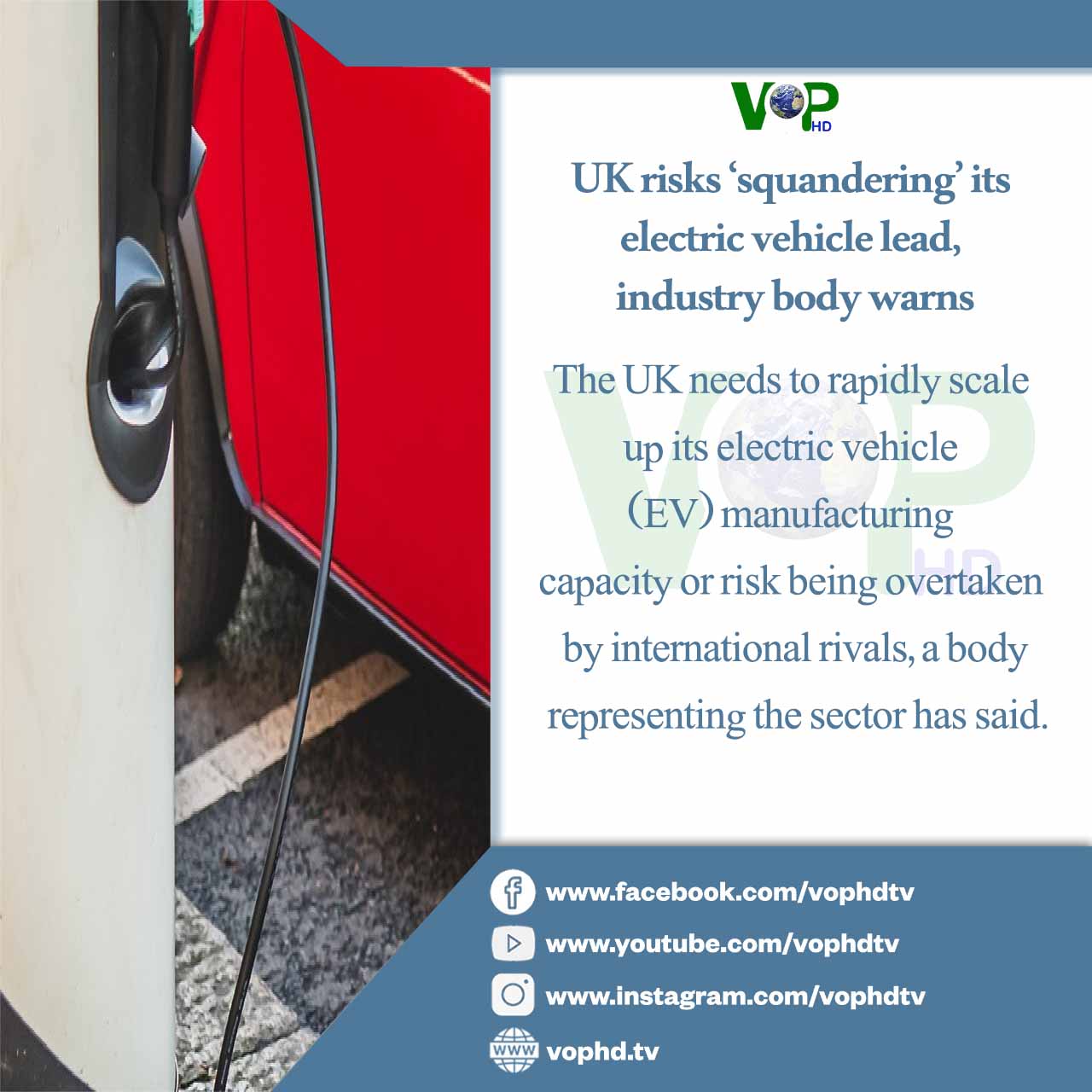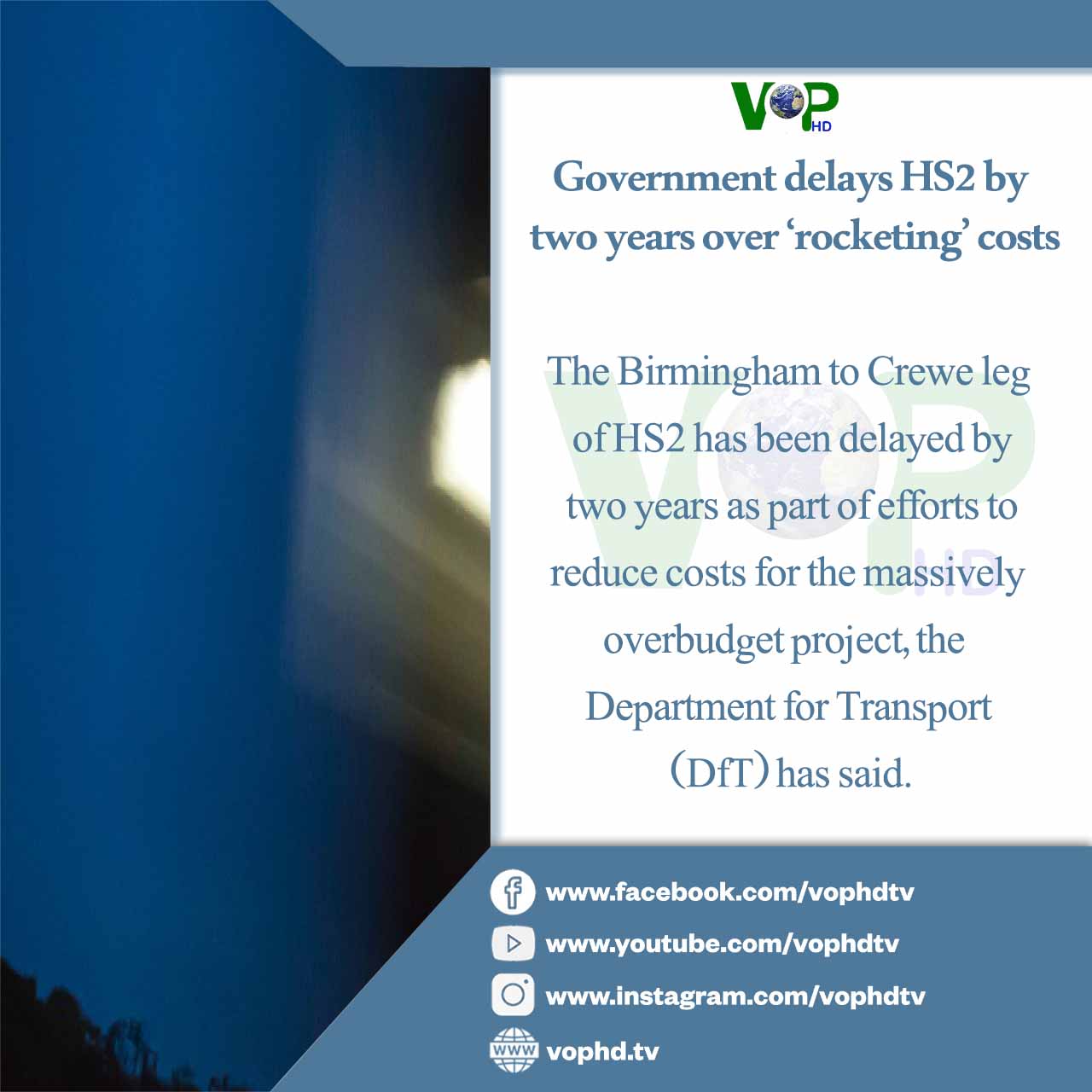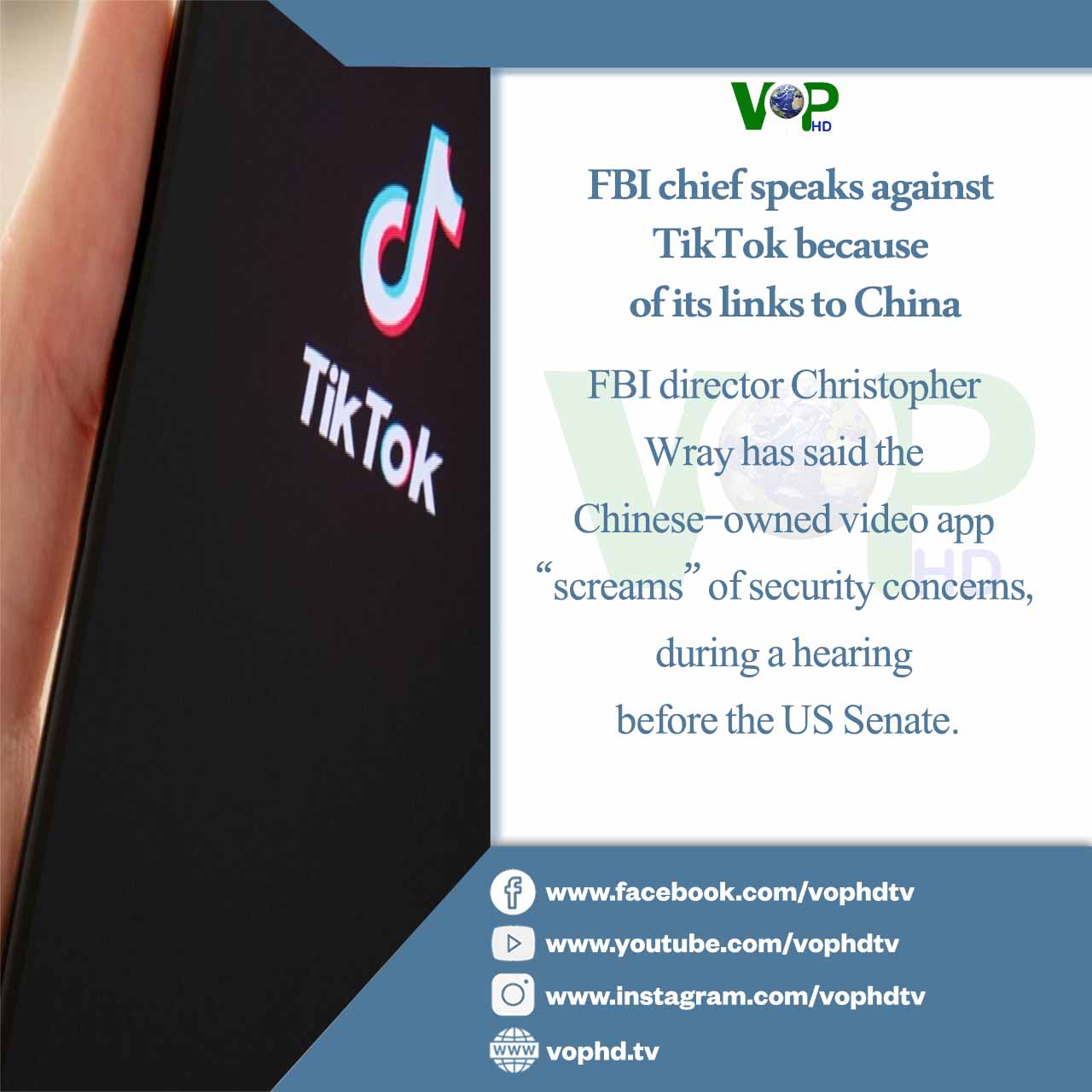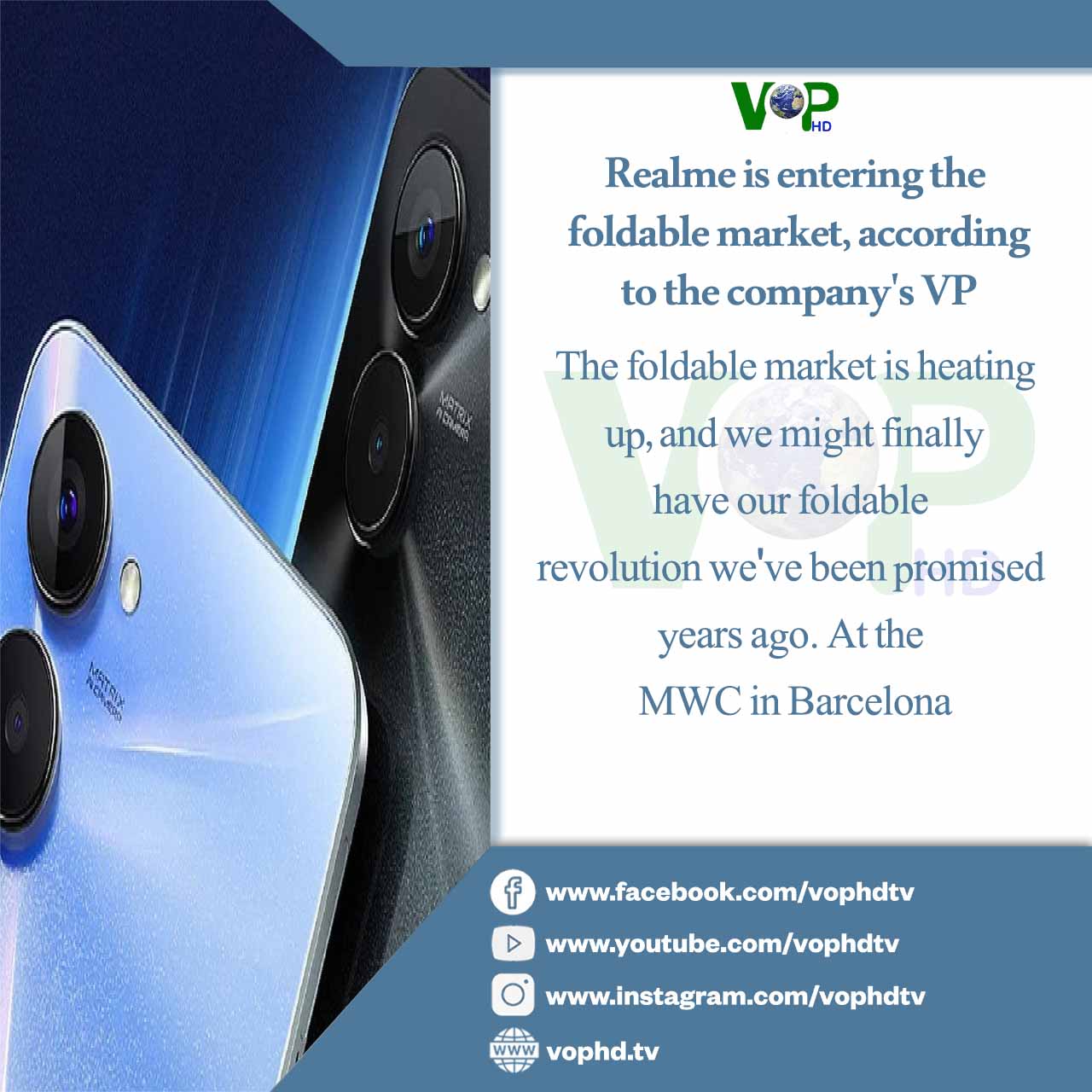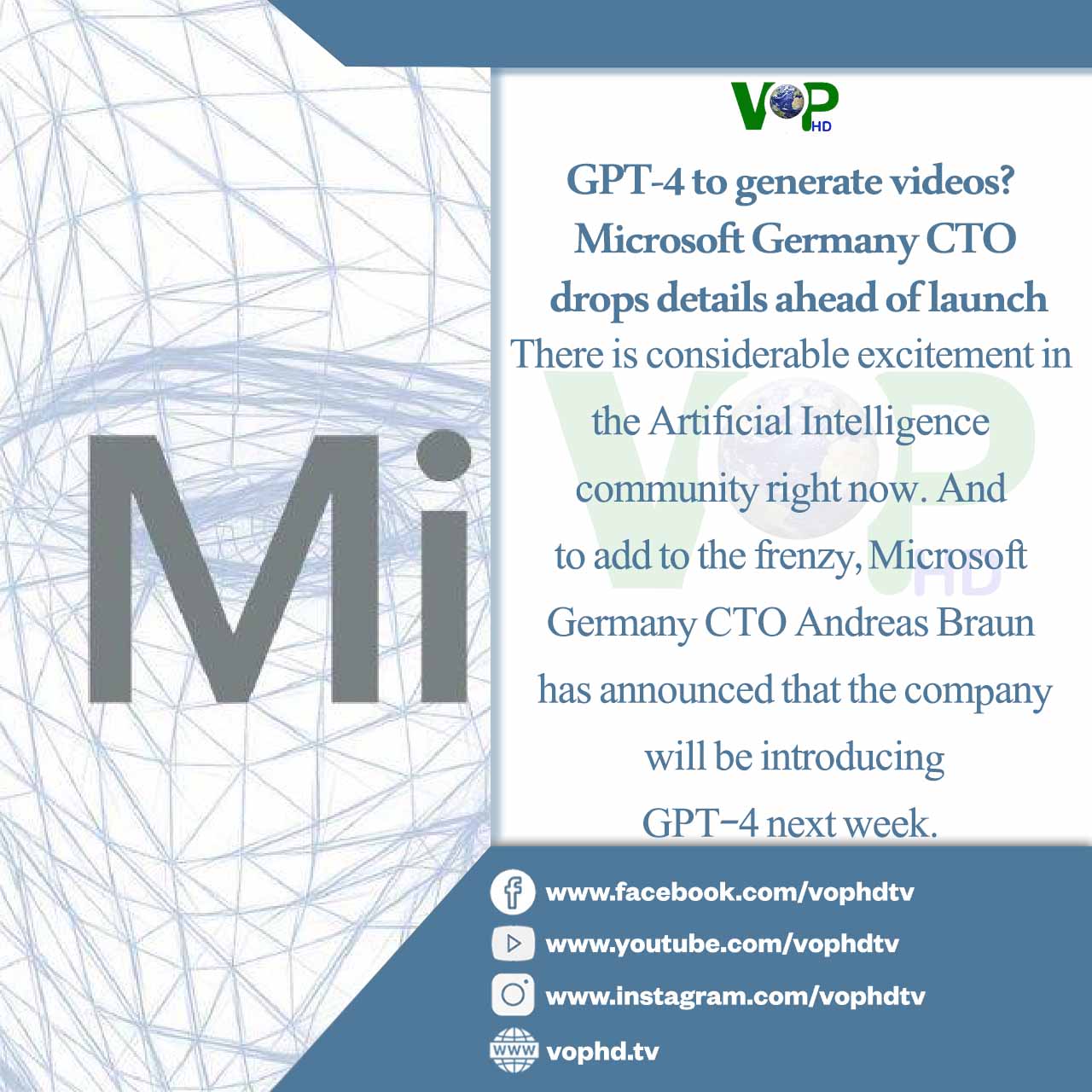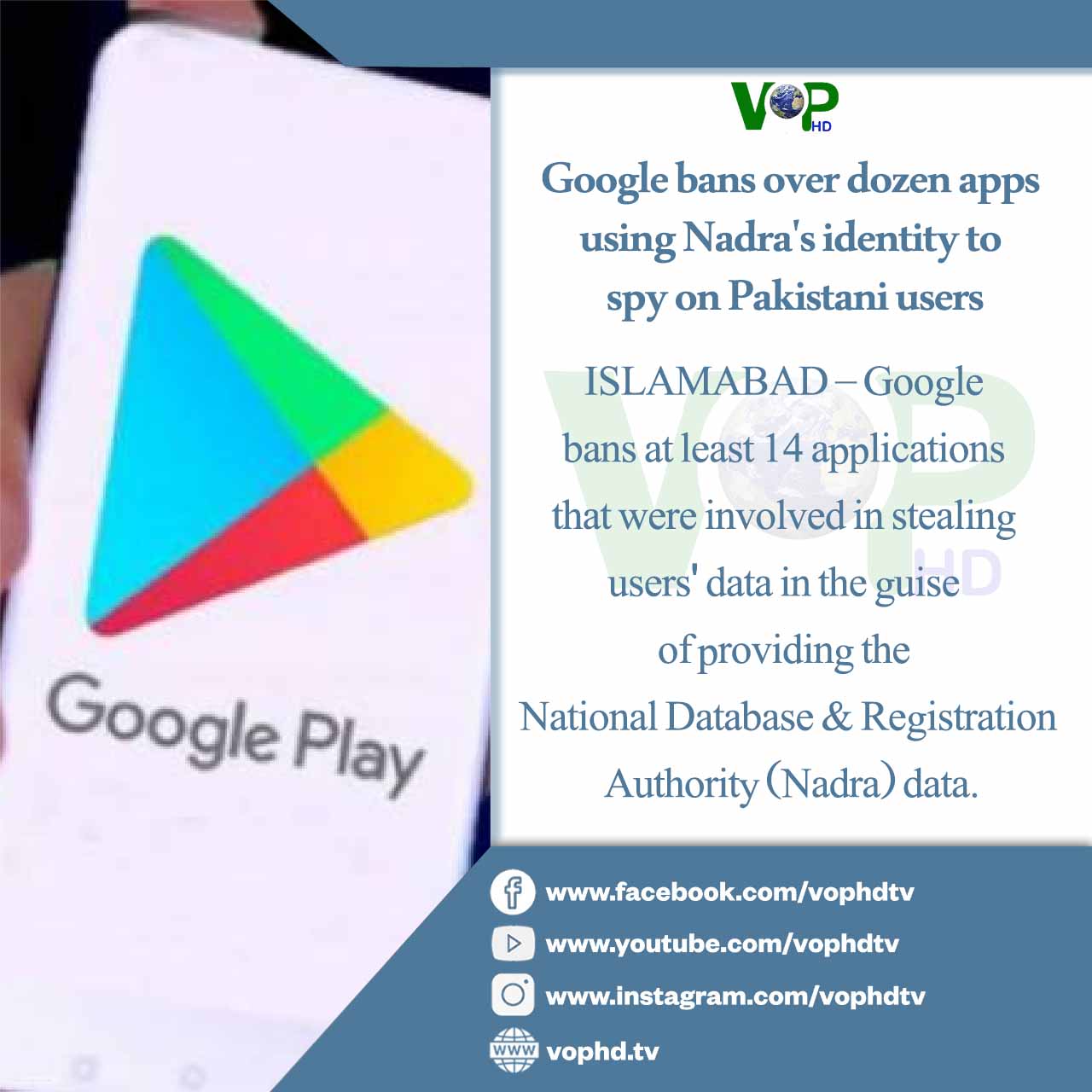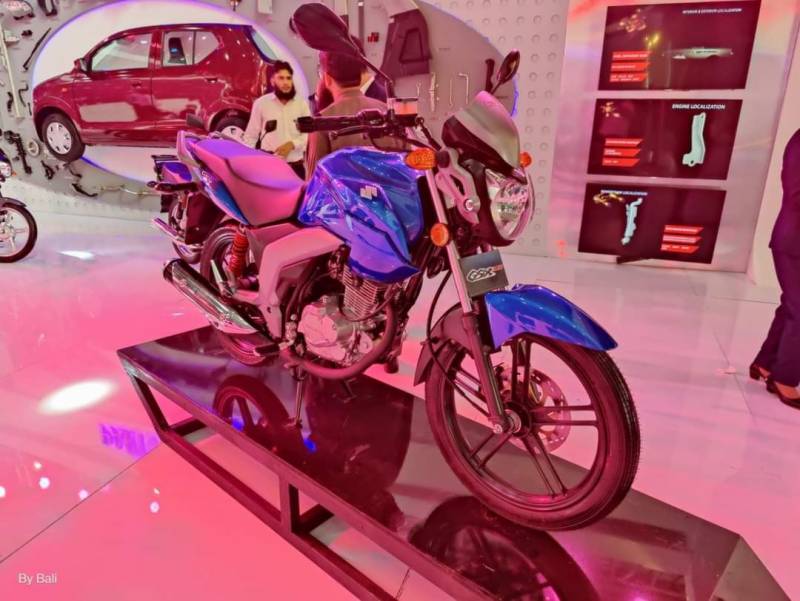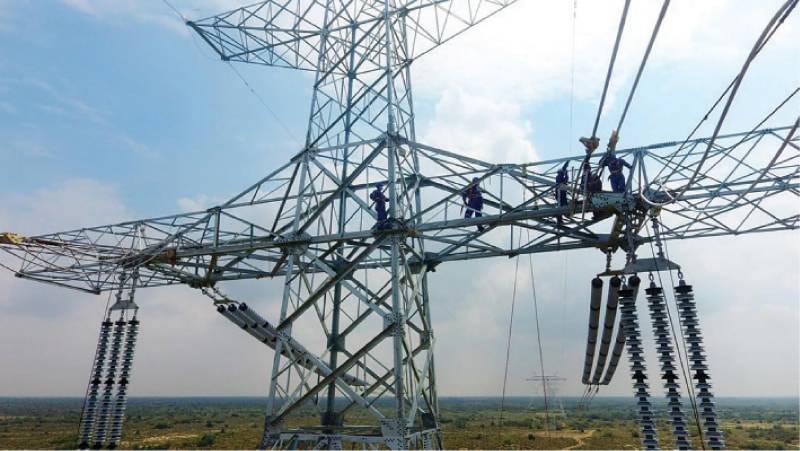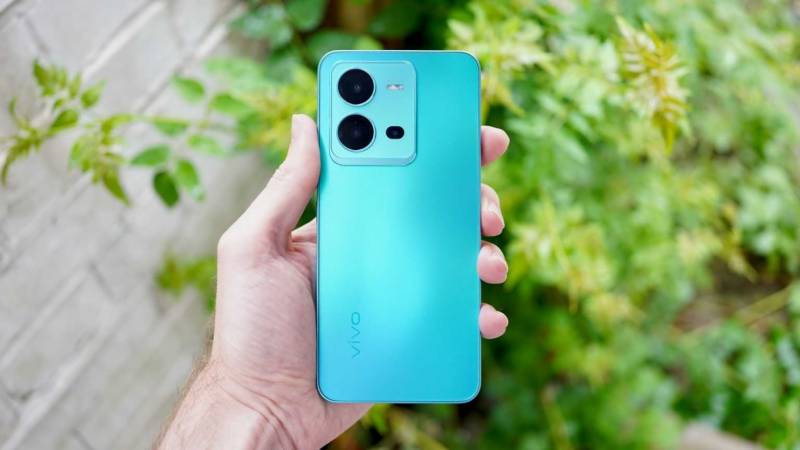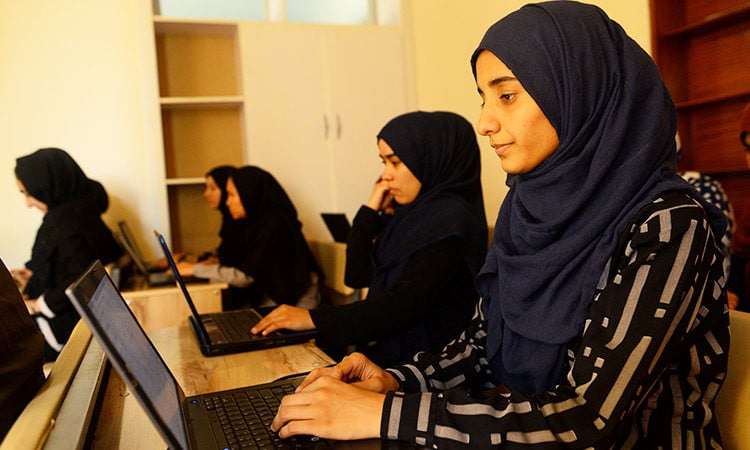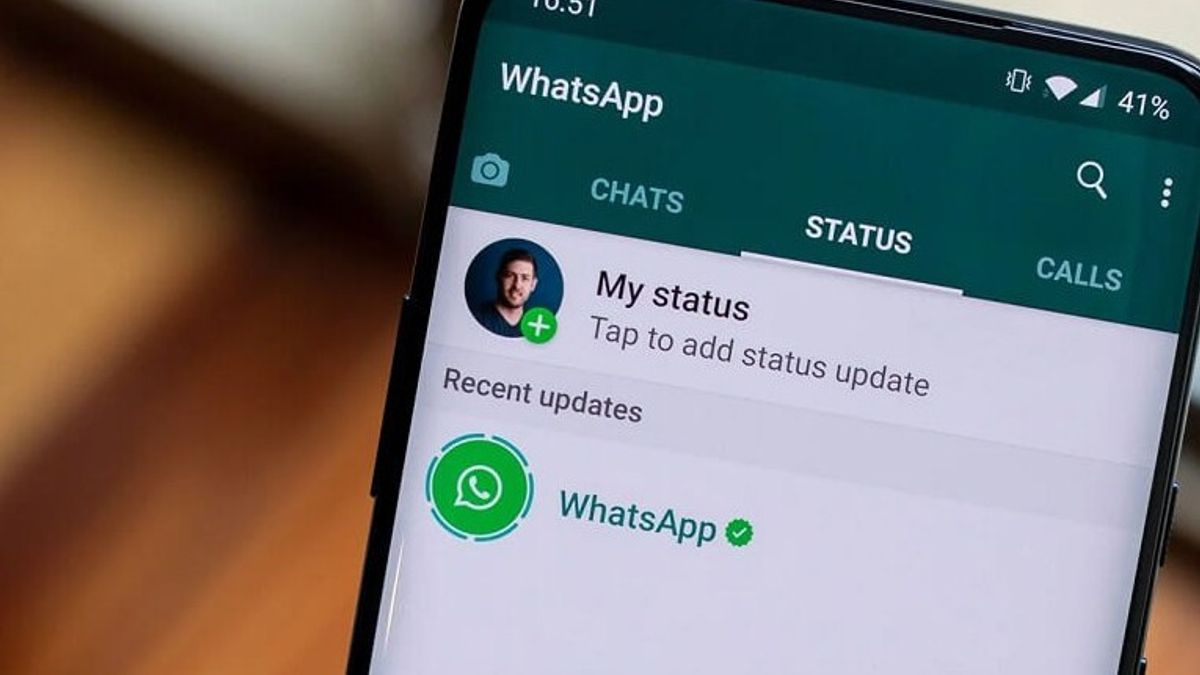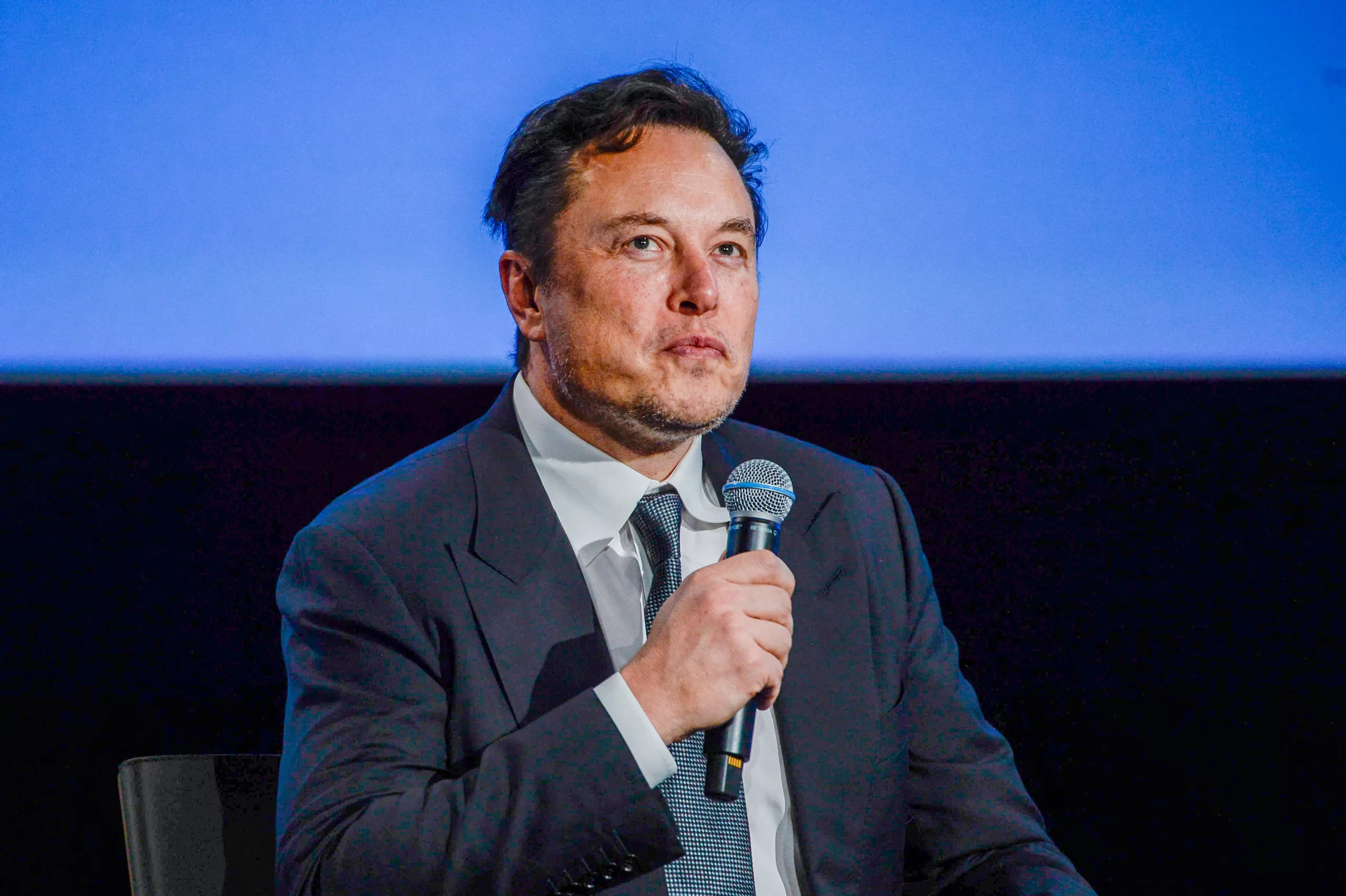The UTS Industry 4.0 Test Lab is being used to explore how the power of 5G wireless technology can be harnessed to increase the capabilities of the next generation of robots.
For some time now remote connectivity has presented a challenge to many, particularly those in the mining, defence, farming, emergency services and remote health sectors.
But that could be about to change with UTS researchers working alongside tech giant Nokia to investigate new ways of utilising the 5G network to offload the brain power of collaborative robots (cobots) into the Edge Cloud.
Funded by the Australian Government and launched via the UTS Nokia 5G Futures Lab, the 5G Connected Cobot project aims to demonstrate how the higher speed and lower latency made possible by 5G technologies can enable cobots to interact with their surroundings – including nearby humans – in real-time.
Initial testing has shown that utilising Nokia’s 5G capabilities to offload the processing required from the cobot to a computer “on the edge” extended its battery life as well as enhanced its performance. This approach can lead to significant power and cost savings, all while increasing the capabilities of the cobot.
Project lead, UTS Robotics Institute senior lecturer Dr Marc Carmichael, says like most robots, collaborative robots are capable of performing predefined tasks repeatedly and reliably. Where they fall short is in adapting to the uncertainties that exist in the real world e.g dynamically changing environments, or environments containing humans performing tasks which are incredibly difficult for robots to predict and plan for.
Dr Carmichael says intelligent robots require the ability to have complex and natural interactions with humans and the capability to make decisions about the actions they should take. But for this to occur, they require huge amounts of sensory data and processing power.
He says robots that need to move around their environment have size and weight limitations regarding the computer hardware that can be added to them, and also limited battery runtimes which are significantly reduced when a high-powered computer is added to them.
Using 5G to offload this processing to a computer in the cloud or at the edge, we can endow robots with this capability without many of the downsides of simply strapping additional hardware to the robot itself. Dr Marc Carmichael
During the testing phase of the project, the research team added a variety of sensors measuring the world around the cobot. Multiple lidars were used to view the world as a dense collection of 3D points, similar to how autonomous cars operate.
This allowed the robot to easily measure the distance and direction to people and objects around it with high accuracy. A high resolution 360-degree camera was also added giving researchers a steam of colour images that were processed for people detection and allowing them to create robot behaviours specifically for interacting with the people around it with the aim of moving us a step closer to building robots that can act like a friend or co-worker.
Early findings suggest that fitting the cobot with a 5G modem to allow off board processing of its data marks a significant step towards ensuring collaborative robots can be the co-workers we want them to be in the future.
Nokia 5G Futures Lab Manager Tristian Lee says the discovery is likely to have implications for a range of applications in the future, including how 5G can be harnessed for other entities such as cars, robots, drones and in the smart eyewear field.
While current VR/AR headsets are both bulky and heavy, Mr Lee says in the months and years ahead we could expect to see normal looking glasses that are 5G enabled, with all of their complex computation being offloaded over 5G and taking place in the Edge Cloud.
Mr Lee says UTS has been a long-term partner of Nokia, therefore when Nokia began planning a new facility where it could showcase its 5G technology, the decision to collaborate was a “no-brainer”.
Normally labs are built just for testing equipment but Nokia was looking to build a place where it could look in to the future and “play with all the cool stuff that 5G would support”, Mr Lee says.


